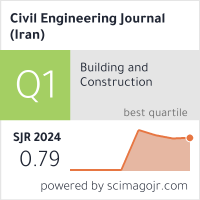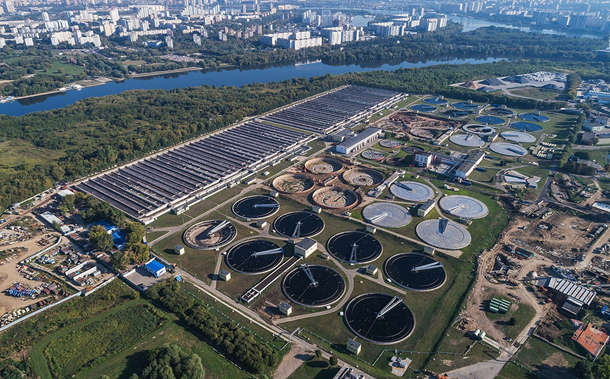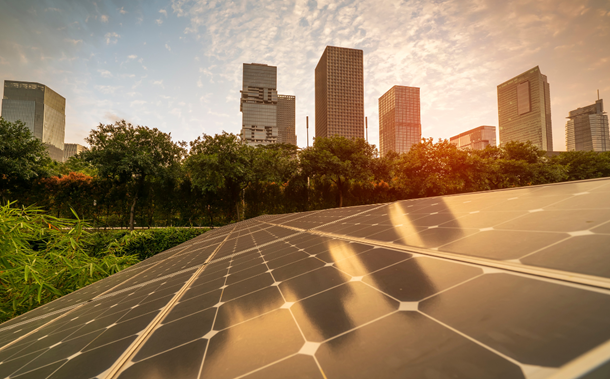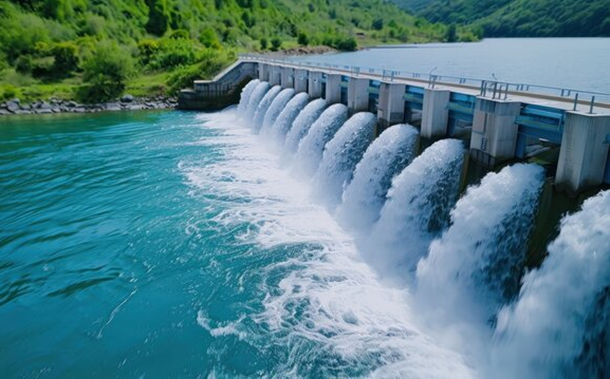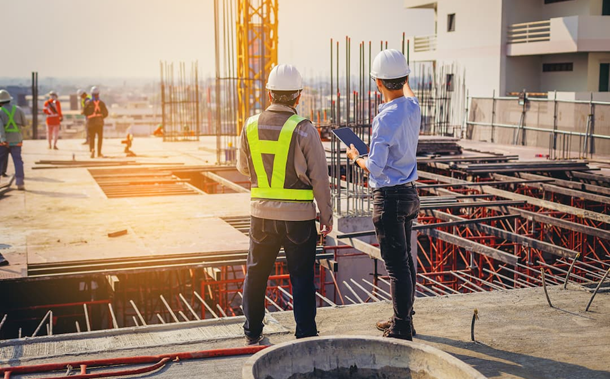Experimental Research on the Effects of Waste Foundry Sand on the Strength and Micro-Structural Properties of Concrete
Downloads
Doi:10.28991/CEJ-2022-08-10-010
Full Text:PDF
Downloads
[2] Ahmad, J., Zhou, Z., Martínez-García, R., Vatin, N. I., De-Prado-gil, J., & El-Shorbagy, M. A. (2022). Waste Foundry Sand in Concrete Production Instead of Natural River Sand: A Review. Materials, 15(7), 10 3390 15072365. doi:10.3390/ma15072365.
[3] Al-shaarbaf, I. A. S., Ali, A. A., & Ahmed, M. A. (2019). Experimental Behavior of Self Compacted Concrete Voided Slab Strips Under Repeated Loads. 12th International Conference on Developments in ESystems Engineering (DeSE). doi:10.1109/dese.2019.00118.
[4] Saand, A., Ali, K., Kumar, A., Bheel, N., & Keerio, M. A. (2021). Effect of metakaolin developed from natural material Soorh on fresh and hardened properties of self-compacting concrete. Innovative Infrastructure Solutions, 6(3), 1-10. doi:10.1007/s41062-021-00534-9.
[5] Mohammad, A. H., Abdulrazzaq, N. M., & Mawlood, B. O. (2019). Bond between Steel Bar Embedded in High Strength Self Compacting Concrete with and without Fibers. 2019 International Engineering Conference (IEC). doi:10.1109/iec47844.2019.8950515.
[6] Saand, A., Ali, K., Kumar, A., Bheel, N., & Keerio, M. A. (2021). Effect of metakaolin developed from natural material Soorh on fresh and hardened properties of self-compacting concrete. Innovative Infrastructure Solutions, 6(3), 1-10. doi:10.1007/s41062-021-00534-9.
[7] Faraj, R. H., Mohammed, A. A., & Omer, K. M. (2022). Modeling the compressive strength of eco-friendly self-compacting concrete incorporating ground granulated blast furnace slag using soft computing techniques. Environmental Science and Pollution Research, 1-20. doi:10.1007/s11356-022-20889-5.
[8] Singh, G., & Siddique, R. (2012). Effect of waste foundry sand (WFS) as partial replacement of sand on the strength, ultrasonic pulse velocity and permeability of concrete. Construction and Building Materials, 26(1), 416–422. doi:10.1016/j.conbuildmat.2011.06.041.
[9] IS 455: 1989. (1989). Portland Slag Cement-Specification. Bureau of Indian Standards, New Delhi, India.
[10] IS 12269: 2013. (2013). Ordinary Portland Cement, 53 Grade-Specification. Bureau of Indian Standards, New Delhi, India.
[11] IS: 4031 (Part 11)-1988. (1988). Methods of Physical Tests for Hydraulic Cement. Bureau of Indian Standards, New Delhi, India.
[12] IS: 383-1970. (1970). Specification for Coarse and fine Aggregate from Natural Sources for. Bureau of Indian Standards, New Delhi, India.
[13] IS 10262: 2009. (2009). Concrete Mix Proportioning-guidelines. Bureau of Indian Standards, New Delhi, India.
[14] IS: 1199-1959. (1959). Methods of Sampling and Analysis of Concrete. Bureau of Indian Standards, New Delhi, India.
[15] IS: 516-1959. (1959). Methods of Tests for Strength of Concrete. Bureau of Indian Standards, New Delhi, India.
[16] IS 1159-1959. (1959). Baking Powder. Bureau of Indian Standards. Bureau of Indian Standards, New Delhi, India.
[17] Tran, H. B. (2021). Mechanical Properties of Coarse Aggregate Electric Arc Furnace Slag in Cement Concrete. Civil Engineering Journal, 7(10), 1716-1730. doi:10.28991/cej-2021-03091755.
[18] Li, H., Wu, A., & Cheng, H. (2022). Generalized models of slump and spread in combination for higher precision in yield stress determination. Cement and Concrete Research, 159, 106863. doi:10.1016/j.cemconres.2022.106863.
[19] Siddique, R., & Singh, G. (2011). Utilization of waste foundry sand (WFS) in concrete manufacturing. Resources, Conservation and Recycling, 55(11), 885-892. doi:10.1016/j.resconrec.2011.05.001.
[20] Bilal, H., Yaqub, M., Ur Rehman, S. K., Abid, M., Alyousef, R., Alabduljabbar, H., & Aslam, F. (2019). Performance of foundry sand concrete under ambient and elevated temperatures. Materials, 12(16), 2645. doi:10.3390/ma12162645.
[21] Siddique, R., Singh, G., & Singh, M. (2018). Recycle option for metallurgical by-product (Spent Foundry Sand) in green concrete for sustainable construction. Journal of Cleaner Production, 172, 1111–1120. doi:10.1016/j.jclepro.2017.10.255.
[22] Thiruvenkitam, M., Pandian, S., Santra, M., & Subramanian, D. (2020). Use of waste foundry sand as a partial replacement to produce green concrete: Mechanical properties, durability attributes and its economical assessment. Environmental Technology & Innovation, 19, 101022. doi:10.1016/j.eti.2020.101022.
[23] de Barros Martins, M. A., Barros, R. M., Silva, G., & dos Santos, I. F. S. (2019). Study on waste foundry exhaust sand, WFES, as a partial substitute of fine aggregates in conventional concrete. Sustainable cities and society, 45, 187-196. doi:10.1016/j.scs.2018.11.017.
[24] Siddique, R., Aggarwal, Y., Aggarwal, P., Kadri, E.-H., & Bennacer, R. (2011). Strength, durability, and micro-structural properties of concrete made with used-foundry sand (UFS). Construction and Building Materials, 25(4), 1916–1925. doi:10.1016/j.conbuildmat.2010.11.065.
[25] Parashar, A., Aggarwal, P., Saini, B., Aggarwal, Y., & Bishnoi, S. (2020). Study on performance enhancement of self-compacting concrete incorporating waste foundry sand. Construction and Building Materials, 251, 118875. doi:10.1016/j.conbuildmat.2020.118875.
[26] Kaur, G., Siddique, R., & Rajor, A. (2012). Properties of concrete containing fungal treated waste foundry sand. Construction and Building Materials, 29, 82–87. doi:10.1016/j.conbuildmat.2011.08.091.
[27] Prabhu, G., Hyun, J. H., & Kim, Y. Y. (2014). Effects of foundry sand as a fine aggregate in concrete production. Construction and Building Materials, 70, 514–521. doi:10.1016/j.conbuildmat.2014.07.070.
[28] Ahmad, J., Aslam, F., Zaid, O., Alyousef, R., & Alabduljabbar, H. (2021). Mechanical and durability characteristics of sustainable concrete modified with partial substitution of waste foundry sand. Structural Concrete, 22(5), 2775–2790. doi:10.1002/suco.202000830.
[29] Prabhu, G., Bang, J. W., Lee, B. J., Hyun, J. H., & Kim, Y. Y. (2015). Mechanical and Durability Properties of Concrete Made with Used Foundry Sand as Fine Aggregate. Advances in Materials Science and Engineering, 2015, 161753. doi:10.1155/2015/161753.
[30] Luhar, S., Cheng, T. W., Nicolaides, D., Luhar, I., Panias, D., & Sakkas, K. (2019). Valorisation of glass wastes for the development of geopolymer composites – Durability, thermal and microstructural properties: A review. Construction and Building Materials, 222, 673–687. doi:10.1016/j.conbuildmat.2019.06.169.
[31] Basar, H. M., & Deveci Aksoy, N. (2012). The effect of waste foundry sand (WFS) as partial replacement of sand on the mechanical, leaching and micro-structural characteristics of ready-mixed concrete. Construction and Building Materials, 35, 508–515. doi:10.1016/j.conbuildmat.2012.04.078.
- Authors retain all copyrights. It is noticeable that authors will not be forced to sign any copyright transfer agreements.
- This work (including HTML and PDF Files) is licensed under a Creative Commons Attribution 4.0 International License.![]()




